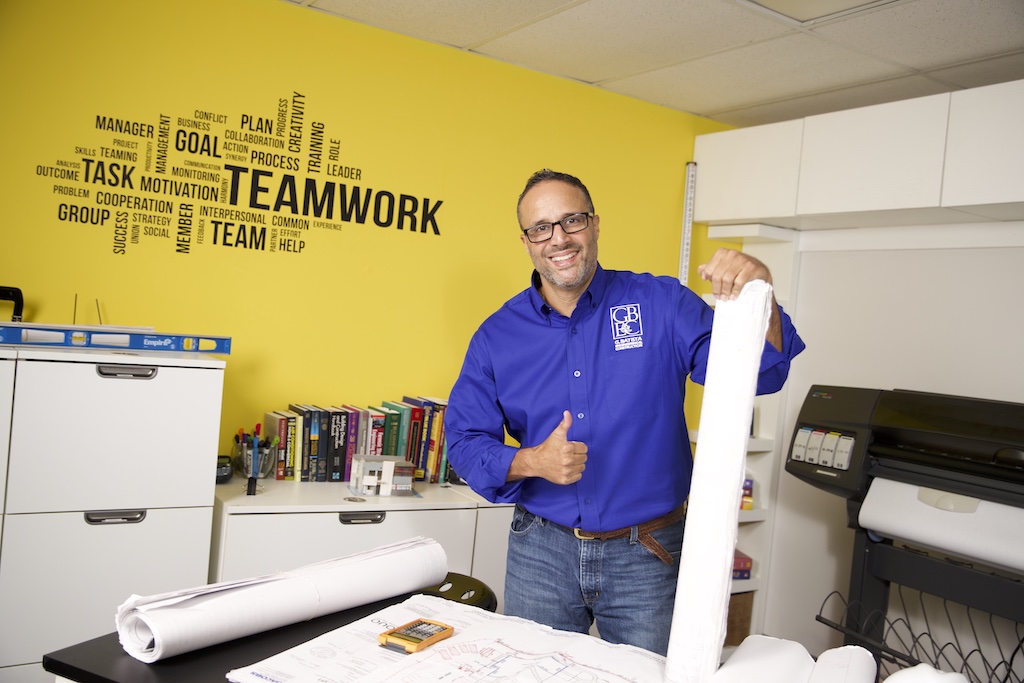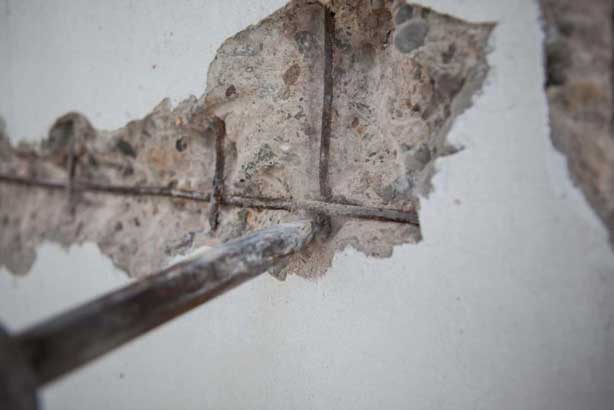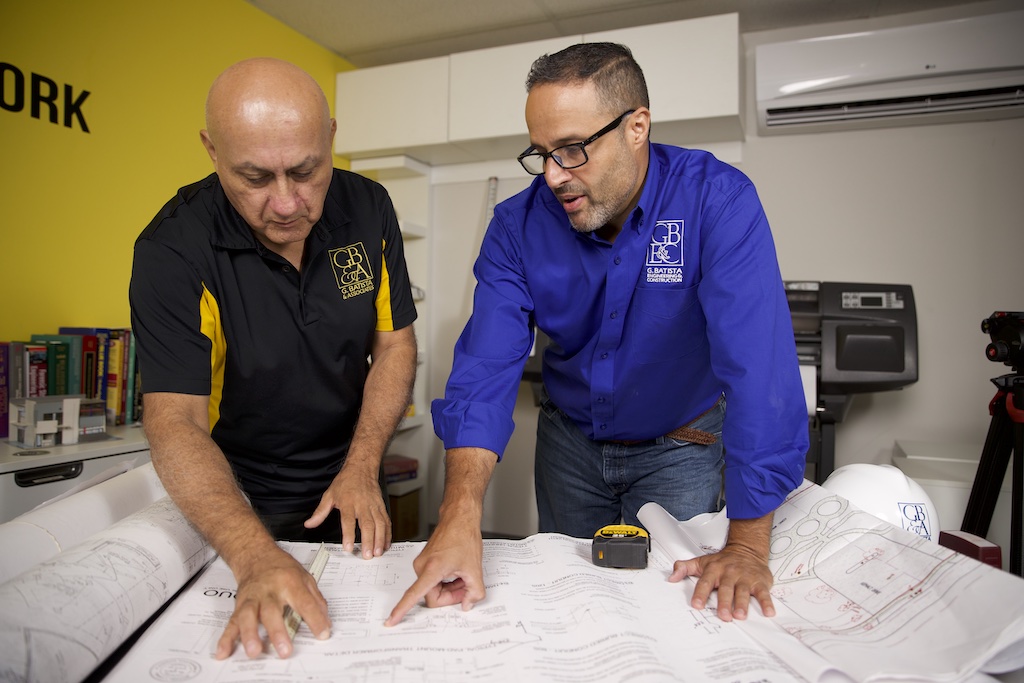Homes are more than just four walls and a roof. Most people see them as their sanctuaries, which hold cherished memories and provide a sense of security. Nevertheless, as time passes
and infrastructure ages, unseen risks hide within, compromising the safety and integrity of the living spaces that provide people shelter.
Aging infrastructure poses significant risks, and it is crucial for ordinary people to be able to spot construction issues that may lead to devastating consequences. Although finding structural
deficiencies may seem far too complicated at first, but seasoned engineer Greg Batista says that people don't need an engineering degree or extensive knowledge of building codes in order to recognize construction issues.
"With a keen eye and a basic understanding of some key indicators, anyone can play an active role in ensuring the safety of their homes. If you can recognize some warning signs and take
immediate, appropriate action, you will mitigate any risk," Batista says.
According to Batista, staying vigilant and conducting regular inspections are key to ensuring the safety of one's home. The property should be inspected both indoors and outdoors, with an
emphasis on finding any signs of damage, deterioration, or any sort of safety hazard. "People obviously want to pay a lot of attention to the foundations, the walls, and the roof, but they
shouldn't forget that the electrical system and plumbing also require careful inspection."
Water leaks can lead to various safety concerns, ranging from mold growth and weakened structures to electrical hazards. Regularly checking for signs of dampness, discoloration, or
musty odors can help homeowners address leaks promptly and prevent further damage.
On top of that, as Batista explains, electrical issues such as flickering lights, frequent circuit breaker tripping, or outlets that are warm to the touch could indicate potential electrical hazards
and should be immediately inspected by a qualified electrician.
Educating yourself on safety guidelines and standards is another way to stay one step ahead of potential risks. This goes hand-in-hand with understanding the individual risks that come with
specific property types as well as keeping familiar with local building codes and regulations.
When in doubt, Batista maintains that it is better for people who have concerns or doubts about the safety of their property to seek professional assistance. In doing so, he advises people to seek out reputable companies with a proven record of delivering quality results. "When seeking advice, it's essential to clearly communicate your doubts and your expectations to the
professionals you've hired. Don't hesitate to ask any questions and seek thorough clarification because open and transparent communication is key to a thorough and successful inspection."
As a passionate advocate for promoting safety and preventing negligence in the engineering industry, Batista has penned several books, including the most recent one titled Negligence!
Averting Disaster at Your Building: Lessons Learned from the Champlain Towers Collapse that aim to raise awareness among the general public regarding the importance of catching the
warning signs of structural problems.
"By equipping ourselves with knowledge, together we can actively contribute to creating safer living and working environments," Batista says. "The power for change is within our own hands, so we must stay vigilant and keep on educating ourselves to secure a better future."
Written in partnership with Steve Jones








